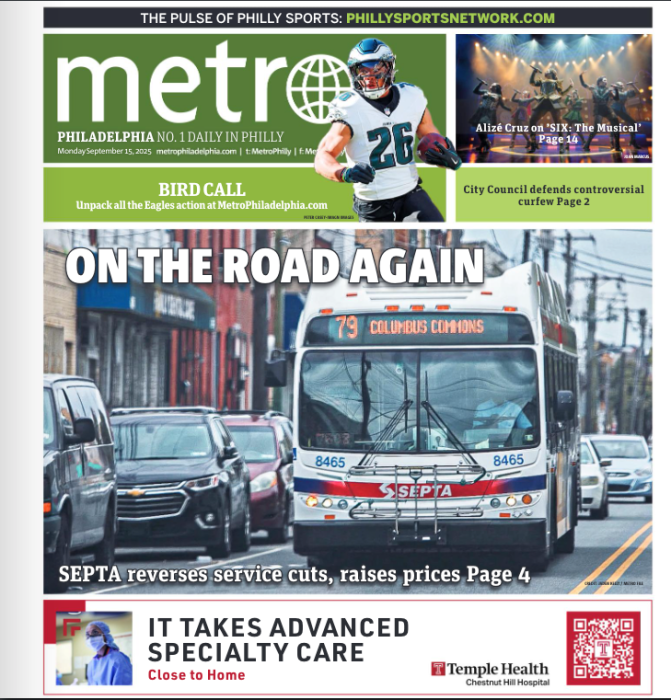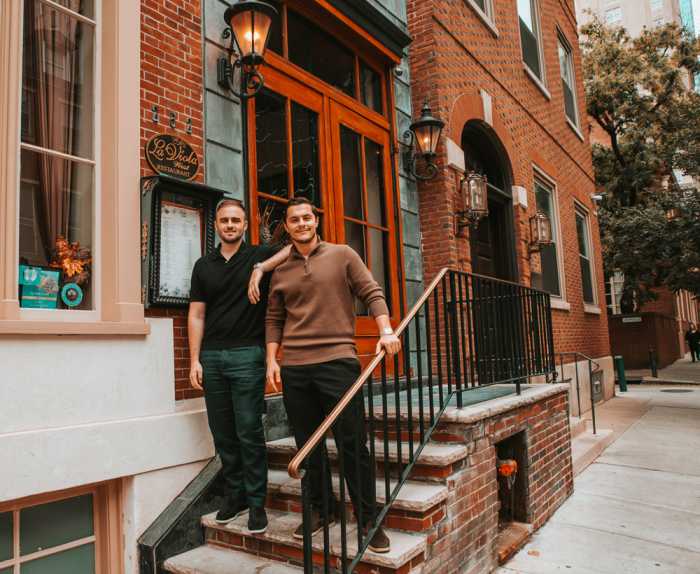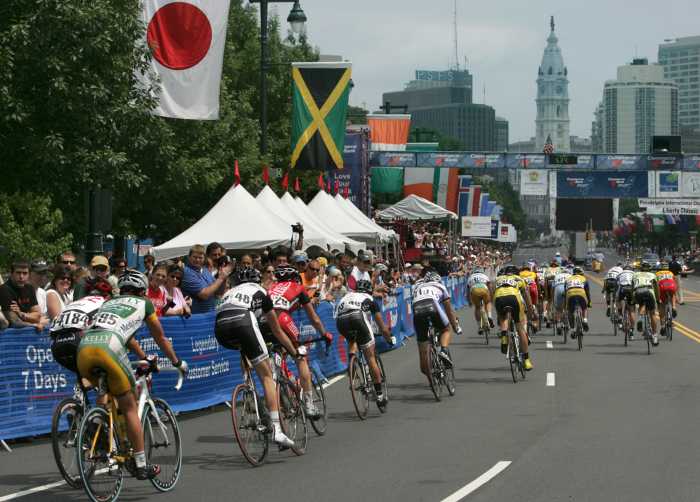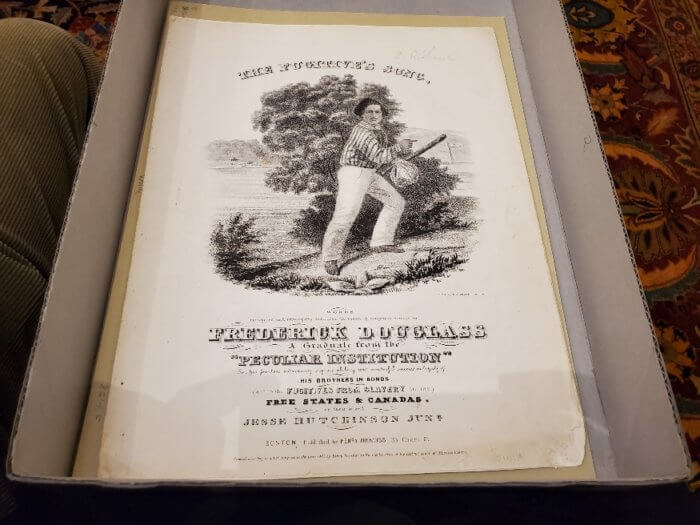
Along with being a crucial figure for Black History Month, the life and work of Maryland-born Frederick Douglass – statesman, speaker, social reformer and abolitionist, a man renowned for his incendiary antislavery writings – is on display in Philadelphia at several locations.
“The Agitators” at Norristown’s Theatre Horizon (401 DeKalb St.) begins Feb. 28 and runs through March 22. Here, playwright Mat Smart and director Cheyenne Barboza, together with actors Steven Wright and Charlotte Northeast (portraying Douglass and American suffragist Susan B. Anthony respectively), capture the spirits of defiance and rebelliousness that gave way to the modern Civil Rights movement for African-Americans and women.
At The Library Company of Philadelphia (314 Locust St.), Douglass’ life and work was on display on Feb. 19 with a collection review of the Library Company’s archives led by Jasmine Smith, African American History Subject Specialist and Reference Librarian. A selection of rare Douglass manuscripts, broadsides, writings and more are always accessible to the public at this location.
As one of the United State’s preeminent research libraries with a collection of over 500,000 books and 70,000 other items, (including over 2,000 items that once belonged to Franklin), the Library Company has over 15,000 items of early African-American history. Interested parties should contact the Library Company with requests before arrival.
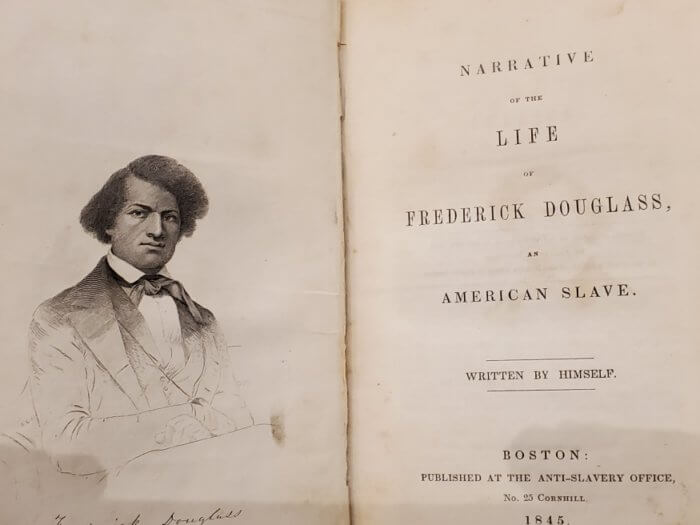
On Wednesday, Smith and the Library Company not only displayed items such as sheet music dedicated to Douglass (“The Fugitive Song,” a late 1840s favorite from the then popular Hutchinson Singers), and, a first edition of Douglass’ own “Narrative of The Life of Frederick Douglass: An American Slave,” published by the Anti-Slavery Office in 1845. Smith allowed the sold out crowd to touch each item, to turn pages, and to examine each item with care. “Please though, do this slowly, and without holding any pens in your hands,” remarked Smith with a laugh. “We’re a ‘pencil only’ sort of place.”
Noting that Douglass was famously “the most photographed man in America” in his time, Smith then displayed several rare and yellowing posed portraits of Douglass, taken between 1860 and 1998, that show a statesman aging gracefully.
Crucial to the Douglass collection was a broadside enlarged for all to see that featured the name of Octavius Catto, the local educator and activist whose life was recently memorialized with a statue outside of City Hall. This broadside was a reminder of Philadelphia’s place in the advocacy of African-American freedom and their willingness to fight for it.
Another item was a “friendship book” from 1830-1840 to which Douglass and other African-Americans and anti-slavery activists contributed drawings, poems, plays and other forms of prose. Along with a large hand drawn poster of “Distinguished Colored Men” (copyright 1883), that featured Frederick Douglass in its center, along with portraits of John Mercer Langston (famed minister) and Professor R.T. Greener (the Dean of Howard University), these last two items “depicted black people in a positive light,” noted Smith. “ That was not always something you could read at that time.”
